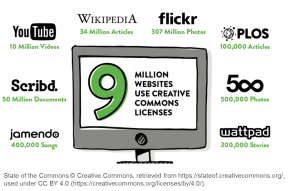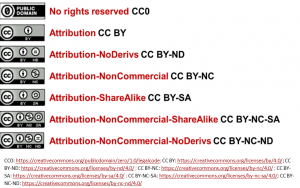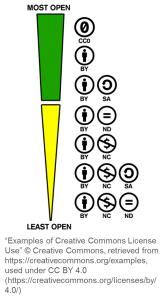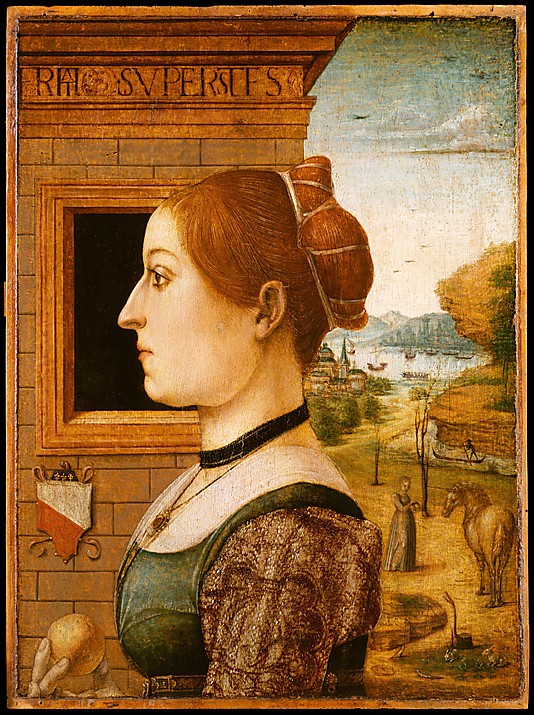On April 26, 1970, the Convention Establishing World Intellectual Property Organization (WIPO Convention) entered into force. The event is celebrated annually through the World Intellectual Property Day. The theme for this year’s World IP Day is “Get up, stand up. For music.”
Music plays a critical role in our lives—it is an essential defining element of our culture and society. And through the changing of technology, consumer preferences, and industry standards, the demand for music has remained. This past year has seen a lot of activity surrounding music creators and their rights under copyright law. Parties on all sides have questioned our current systems and laws, seeking changes designed to fairly support the value that musicians contribute to our lives and adequately encourage society’s access to and use of music.
Keeping with the theme of this year’s World IP Day 2015, we are highlighting a few out of many interesting and important recent developments and the resulting impact on copyright owners of musical compositions and sound recordings.
The Fair Play, Fair Pay Act of 2015
While musical compositions have long been protected under federal copyright, the inclusion of sound recordings under federal copyright law has been a relatively recent development (sound recordings fixed before February 15, 1972 are still governed by state law). In 1995, through the Digital Performance Right in Sound Recordings Act (DPRSRA), Congress provided copyright owners an exclusive public performance right in their sound recordings, but limited the exclusive right to public performances of sound recordings via digital audio transmission. This limitation means satellite and music subscription services need to pay a licensing fee to perform a sound recording, but terrestrial (AM/FM) radio stations do not. Why the exception for traditional over-the-air broadcasts? In short, Congress didn’t believe radio and television broadcasters posed a threat to copyright owners. Terrestrial radio stations, it has been argued, enjoy a symbiotic relationship with copyright owners. Terrestrial stations play music to increase their listenership and increase advertising revenue and in return create exposure for artists, promoting record and other sales for the sound recording owner.
Introduced in Congress earlier this month, the Fair Play, Fair Pay Act of 2015, H.R. 1733, 114th Cong. (2015) would require terrestrial broadcasters to pay royalties for the public performance of sound recordings, a requirement that is currently only applicable to services that perform a song via digital audio transmission. This public performance right would also extend to sound recordings fixed before February 15, 1972. Special protections exist for small broadcasters, public broadcasters, college radio, noncommercial radio, and religious services. The bill also includes pieces from the Allocation for Music Producers (AMP) Act, discussed below.
Why it matters: Under the current law, owners of a musical composition (songwriters or music publishers) are compensated if their song is played on terrestrial radio but owners of the sound recording (performing artist or record label) are not. If that same song is transmitted through a service like Pandora, both copyright owners will be compensated. If enacted, the Fair Play, Fair Pay Act of 2015 would result in terrestrial broadcasters operating under the same system that newer digital broadcasters are required to operate under. Overall, this would create more harmonization in copyright law by bringing platform parity to radio and would establish an additional revenue stream for both current artists and older artists.
Local Radio Freedom Act
The Local Radio Freedom Act, a resolution reintroduced into the House and Senate earlier this year, declares that “Congress should not impose any new performance fee, tax, royalty, or other charge” to terrestrial broadcasters for the public performance of sound recordings. The National Association of Broadcasters has backed the resolution, which does not carry the force of law. The resolution highlights the “mutually beneficial relationship between local radio and the recording industry,” in which radio stations have provided publicity and promotion to artists, which has benefitted the careers of many performers. The resolution also cautions the economic hardship local radio stations and small businesses will face at the imposition of any new performance fee.
Why it matters: While artists have thrown a lot of support behind the Fair Play, Fair Pay Act (discussed above), broadcasters believe the Local Radio Freedom Act provides a better solution. The Local Radio Freedom Act, is non-binding, but functions to express the sentiment of Congress. This resolution would preserve the status quo for public performance of sound recordings. There are currently 165 co-sponsors in the House and 12 co-sponsors in the Senate.
Allocation for Music Producers (AMP) Act
Traditionally, record producers have received compensation for their work through the negotiation of a flat fee for their services and/or points (typically 3-4% of the wholesale price of an album). The Allocation for Music Producers (AMP) Act, H.R. 1457, 114th Cong. (2015), introduced in March of this year, would amend copyright law to provide a statutory right for producers, sound engineers, or mixers involved in the creative process of creating the sound recording to receive royalties for the digital transmission of the work.
Current law requires that royalties paid for the public performance of a sound recording by digital audio transmission be split between featured artists (45%), non-featured artists (5%), and sound recording copyright owners (50%). A featured artist may provide a Letter of Direction to SoundExchange, the entity responsible for collecting and distributing such royalties, requesting that a portion of their royalties be paid to the producer. Under the AMP Act, this informal process would be recognized through a statutory amendment.
In addition, the bill creates a new process for setting aside royalties for sound recordings fixed before November 1, 1995. In the absence of a Letter of Direction, SoundExchange may set aside 2% of featured artist royalties to be paid to the producer, mixer, or sound engineer of the relevant sound recording, so long as the artist does not object within a given period of time.
Why it matters: Producers, sound engineers, and mixers play an important role in the creative development of sound recordings. The AMP Acts acknowledges the importance of these individuals in the overall creative process and seeks to establish a permanent procedure by which these professionals can fairly be compensated for their contributions.
Songwriter Equity Act
Re-introduced into both houses on March 4, 2015, the Songwriter Equity Act of 2015 (SEA) would amend Sections 114 and 115 of the Copyright Act to allow the calculation of statutory royalty rates for musical compositions based on fair market value.
The SEA would change the way royalties are calculated for the reproduction of musical compositions. There is currently a compulsory mechanical license for the reproduction of musical compositions. The initial rate set by Congress in 1909 was 2¢ per song. In 2015, it is 9.1¢ per song. The SEA would now allow Copyright Royalty Judges to establish rates that “most clearly represent the rates and terms that would have been negotiated in the marketplace between a willing buyer and a willing seller.” In addition, Judges may now consider the royalty rates set for the public performance of sound recordings in their determination of rates for the public performance of musical compositions.
Why it matters: The intent of this bill, as with the other bills we have discussed, is to even the playing field. By adopting rates that reflect free market conditions, songwriters may receive fair compensation for their works.
Calculation of digital royalties for pre-digital artists
It is difficult to predict how technology will change in the future, as a result, older recording agreements are silent on how to handle payments for digital downloads. The major record labels have historically treated downloads as equivalent to physical sales (meaning artists get 12-20% of net receipt of sales) but artists have argued that digital downloads are more appropriately treated as licenses (meaning the artist would receive 50% of net receipts).
The approach taken by major labels has resulted in major class action lawsuits against Sony, Warner, and Universal. On April 14, 2015, Universal submitted a preliminary settlement of $11.5 million, to be paid to artists signed with UMG or Capitol Records between 1965 and 2004. Universal does not, however, admit wrongdoing in the payment of royalties. Going forward, an increase of 10% has been applied to the royalty rate for digital downloads. Settlements have already been reached in the Sony and Warner Music Group lawsuits.
Why it matters: Compensation. There is a substantial difference in royalty rates between traditional physical sales and licenses. In cases where digital downloads have not been anticipated, it has been up to the court to determine what is just based on the technology of today.
As you can see from just these examples, this past year has been full of activity surrounding music and copyright issues. Following calls for comprehensive copyright reform and talks of a “music omnibus bill” to overhaul the music licensing system, we can expect this important dialogue to continue. Only time will tell how some of these issues will ultimately be resolved and the impact any changes will have on artists, consumers, and facilitators of music.
Interested in learning more about music copyright? Be sure to check out our 4-part series on music copyright: What is music copyright?, Copyright duration for musical compositions and sound recordings, Termination of transfer for music copyright, and Licensing opportunities for music copyright.
________________________________________________________________________________________
By Maria Scheid, Rights Management Specialist at the Copyright Resources Center, The Ohio State University Libraries










Recent Comments